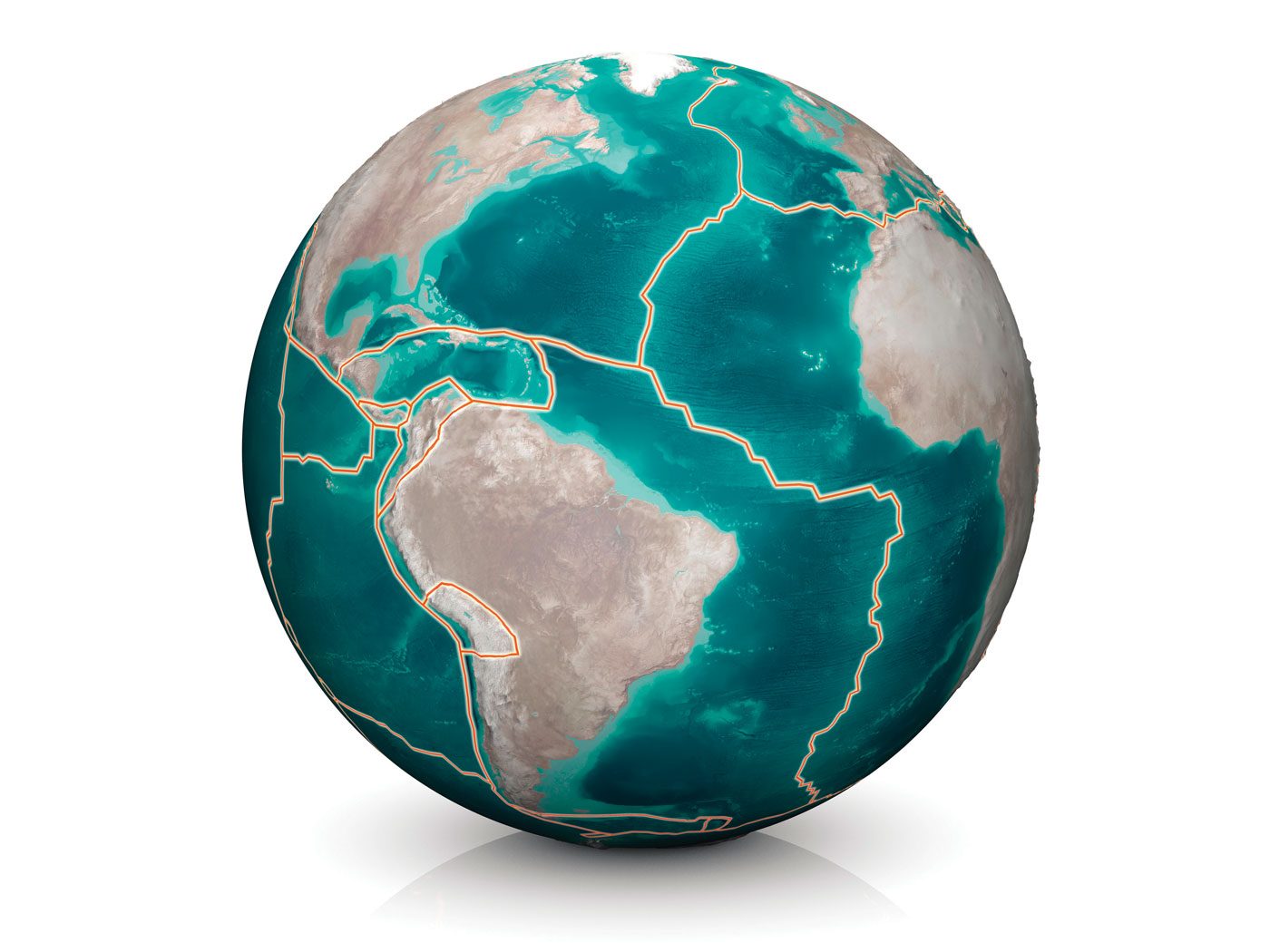Recently, a new study led by Queen Mary University of London concluded that dinosaur bones tell us little about their sexes.1 In the past, secular scientists have made various claims about the ability to make sex determinations in dinosaurs. Most concluded that female predatory dinosaurs (theropods like T. rex) were likely larger than males.2 However, that appears to be unsubstantiated by the actual data.
This new study examined living reptiles to see if their bones alone could determine the sex of the animal. The research team worked with gharials, an endangered crocodilian species.
Sexual dimorphism (physiological differences between sexes in the same species) is common in many animals, and is thought to be common in dinosaurs as well.2 But determining these differences with just bone data has always been problematic. This study, again, confirms this confusion. David Hone added,
This new study suggests that popular portrayals of larger female dinosaurs, common in science documentaries, are wrong. We just aren’t sure.
It still seems the only way to tell if a dinosaur was a male or female is to find the bones of a pregnant female. But this only works if they are buried at just the right time. A pregnant dinosaur produces medullary bone, a special type of bone found in female birds before ovulation and used as a calcium reservoir for eggshell production. Unfortunately, this special type of bone is quickly reabsorbed after ovulation, making it difficult to be preserved.2
However, the snapshot of all stages of dinosaur life provided by the global Flood did preserve some pregnant females. Paleontologists have determined that at least three specimens possessed medullary bone and were therefore pregnant at the time they were buried in the mud and sand of the Flood.2
Although it remains difficult to determine the true sex of a dinosaur fossil without medullary bone, we know God made males and females of every kind. We just can’t be sure which ones were which.
References
1. Staff at Queen Mary University of London, 2020. Can we really tell male and female dinosaurs apart? PhysOrg. Posted on phys.org May 12, 2020, accessed May 13, 2020.
2. Clarey, T. 2015. Dinosaurs: Marvels of God’s Design. Green Forest, AR Master Books, 131.
*Dr. Clarey is Research Associate at the Institute for Creation Research and earned his doctorate in geology from Western Michigan University.







.jpg)




